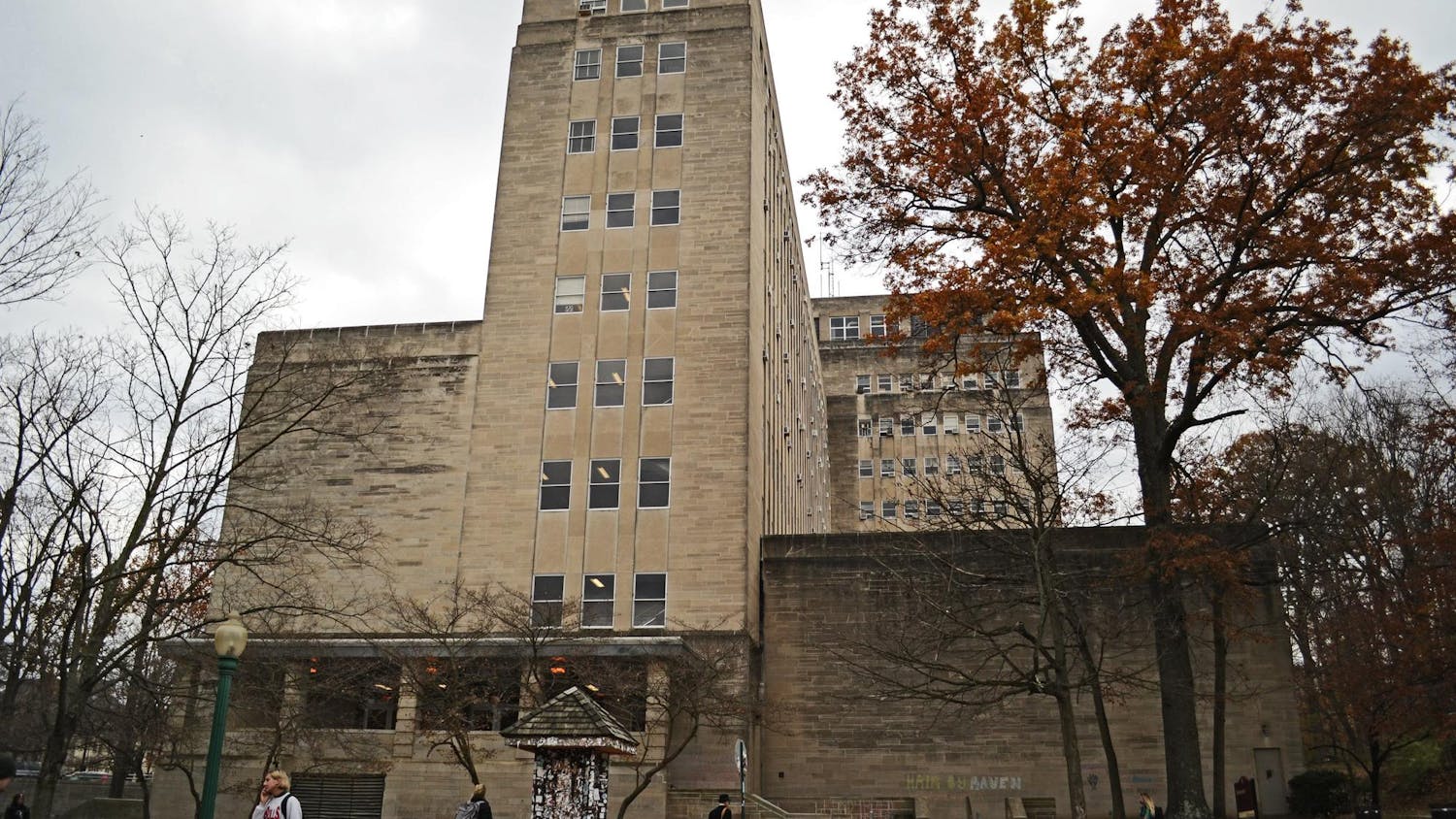Though America’s First Ladies tend to be marginalized as token figureheads for a female presence in politics, the two terms Nancy Reagan spent in the West Wing altered that perception perhaps more than any other administration.
Since Reagan died of congestive heart failure Sunday, the country has spent the past week paying reverence to her legacy as a woman of influence, taste and class.
Among the many pursuits to define such a woman, these attempts to solely record her presence in matters of fashion or of taste do not satisfy the truth.
Yes, her ventures of style are important to note, as the color Reagan Red can no longer be seen without her notarized stamp.
But her acts toward merging aesthetic importance into politics are what should be preserved in writing after 94 years of grace.
Her husband’s time in office met issues that barreled out of every American field, with economic downturns, Soviet Union control and drug-related crimes. With each demographic pressing its own social and political agendas, many people demanded progress and sought executive action from the nation’s leaders.
Yet amidst pleas for governmental focus, what did Nancy do? She redecorated — or that’s how many viewed her actions at the time.
As Ronald debated the national economic crisis at hand, Nancy gathered $822,000 in private donations to repaint walls, replace curtains, restore White House antiques and purchase a $200,000 set of presidential china.
She put on dinner parties, borrowed expensive couture, wore tiaras on occasion and worked out daily to maintain her size-two figure.
In the Reagan household, appearances were everything, but many questioned the Marie Antoinette who dined with wine and cheese and let her people starve with burnt bread.
The decadence in stylistic tastes was not a recently discovered point of interest, but from a political perspective, no such frivolity had been seen of an administration.
That china set, for example, was composed of 4,370 pieces, with 19 at each individual place setting.
With its porcelain plates, each emblazoned with a gold band and scarlet border, she organized 35 state dinners, which is 29 more than the Obama administration has held.
Again, such decadence was met with much critique from the American public, but Nancy’s persistence in maintaining the presidential image continues to be a pertinent motion in all style industries.
Herein lies the major critique of fashion: it’s unnecessary. As long as a piece of couture doesn’t manifest into physical bread and butter, it’s branded too indulgent for widespread appreciation.
To a point, this idea does have merit, as a pair of Jimmy Choos won’t solve world hunger or debate foreign policy. Equivalently, a new rug in the Oval Office won’t process bills or create jobs.
Just the same, Nancy Reagan’s firm hold on aesthetic importance shows us taste does not equal paltriness.
She pushed a certain image because she found it to exert power, confidence and political strength. She understood America had certain expectations as a leading country and saw that the White House met that standard.
She refused for style and politics to live in separate hemispheres. Instead she found the sustenance in each industry to form a marriage that every following administration has commended.
Nancy Reagan was so much more than fashion; she was the driving force that validated its place in a less than 4,370-pieced china set world.
bsaggese@indiana.edu





